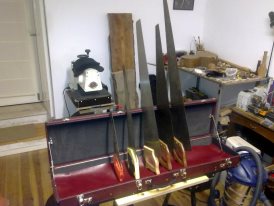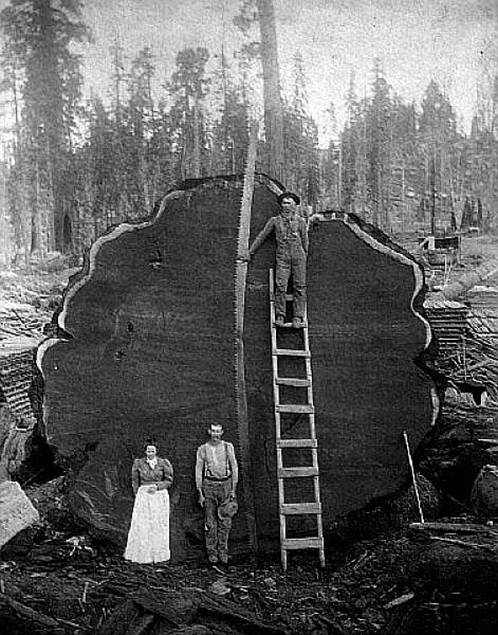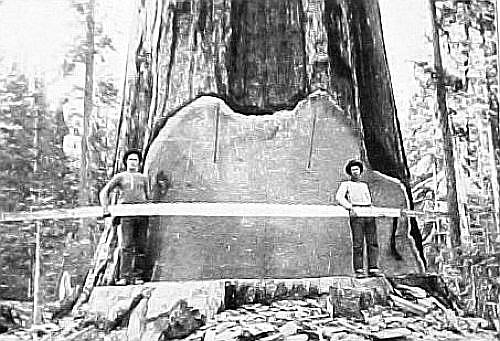Practicing And Performing Music
There is a perception that performing and practicing music are two very different activities. I think that the relationship between performing and practicing is deeply intertwined and at a certain level the distinction between the two virtually disappears.
At some point in a musical career, performing itself becomes the greater learning experience. Greatly significant aspect of performing is the tremendous energy that is experienced during a live performance in front of a receptive audience.
The true purpose of developing mechanical and musical ability becomes evident and the focus of practice sessions is changed. At that point, ironically enough, performing itself becomes the true learning experience because a tremendous energy is experienced during a live performance in front of a receptive audience. The energy of the audience, as perceived or felt by the performer, pushes him to new heights of artistic achievement and practicing becomes preparation to concentrate and enhance that experience; this marks the beginning of the transition from musician to artist.
The artist will find new ways of practicing to bring live performances closer to the pure ecstasy of musical expression in all ways. Bringing diverse disciplines such as psychology and other artistic disciplines such as theater and dance will enable the artist-musician to achieve greater control of the instrument and maximize the overall performance itself.
This is the true transformation from musician to artist, by developing personal, unique and creative ways of expression. As these progresses, the artist will realize great improvement in concentration, ease of performance and greater synchronicity of body, mind and what professional musicians like to call “soul”.
As practice is transformed into a more fulfilling and rewarding experience is reached an important step towards scaling the heights of artistic achievement. As music is something that the artist enjoys, practice is, in effect, playing music and should always be enjoyed for its own sake.




